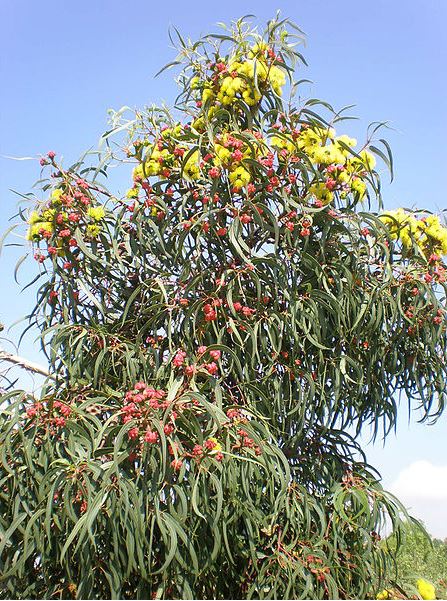
by BioEdge | Mar 10, 2016 | Site Content
Eucalyptus erythrocorys photo © Consultaplantas Pyree growth-form in eucalypts The illyarrie is a fire-adapted low tree that naturally grows with at least one major branch set at a precarious angle near ground level, facilitating the self-amputation of up to a quarter...
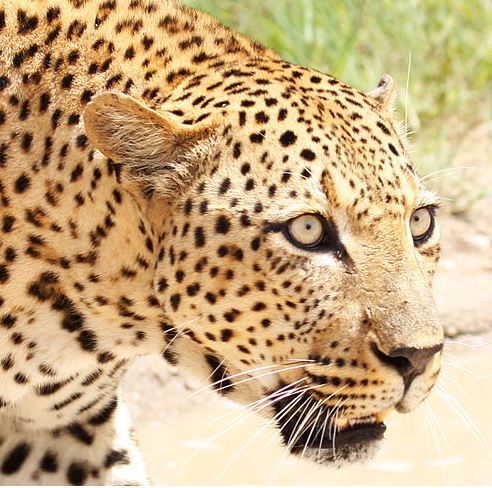
by BioEdge | Mar 10, 2016 | Site Content
Panthera pardus pardus photo © Derek Keats Rapid miniaturisation of leopard in southern Africa The leopard is the only African wild mammal in which body mass in certain populations has been halved after the advent of European farming. This change can be explained by a...
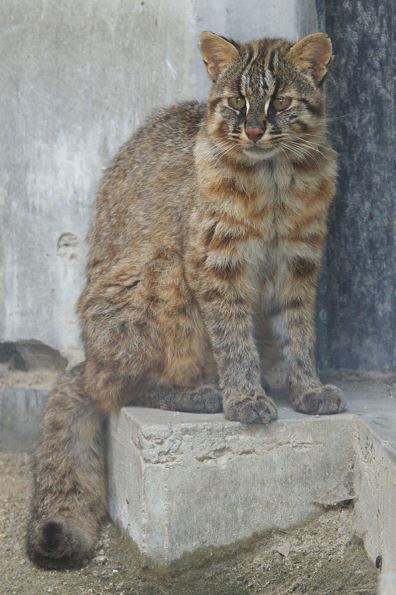
by BioEdge | Mar 10, 2016 | Site Content
Prionailurus bengalensis euptilurus photo © Pontafon No such thing as Nipponese wildcat or Honshu dhole Prionailurus bengalensis iriomotensis photo © Momotarou2012 One of the greatest mysteries of mammalian biogeography is the absence of any species of wild felid from...
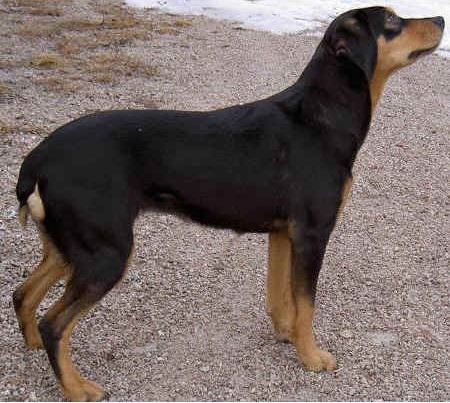
by BioEdge | Mar 10, 2016 | Site Content
Canis familiaris, Smålandsstövare breed, photo © Linathrash Ischial blaze diagnoses real ancestor of domestic dog Canis familiaris,Bohemian shepherd breed, photo © Krosandra The ischial blaze is unique to the domestic dog in the entire...
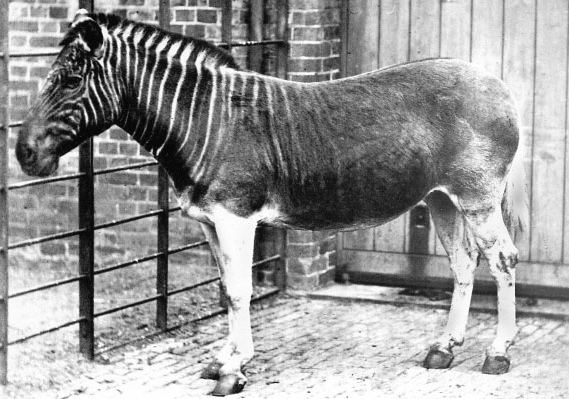
by BioEdge | Mar 10, 2016 | Site Content
Equus quagga quagga photo © Frederick York Extinct quagga had a short dark mane In the mane of the plains zebra, the pale stripes are wider than the dark stripes. The extinct quagga was the only subspecies of this widespread species which had a dark overall...
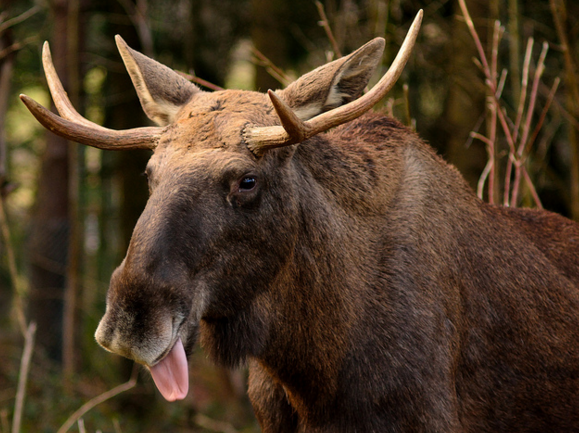
by BioEdge | Mar 10, 2016 | Site Content
Alces alces photo © kuhnmi Ear language in moose The only sharply defined markings on the moose are at the anterior bases of the ears. These presumably aid intraspecific communication in a similar manner to human eye-whites, flickering...







